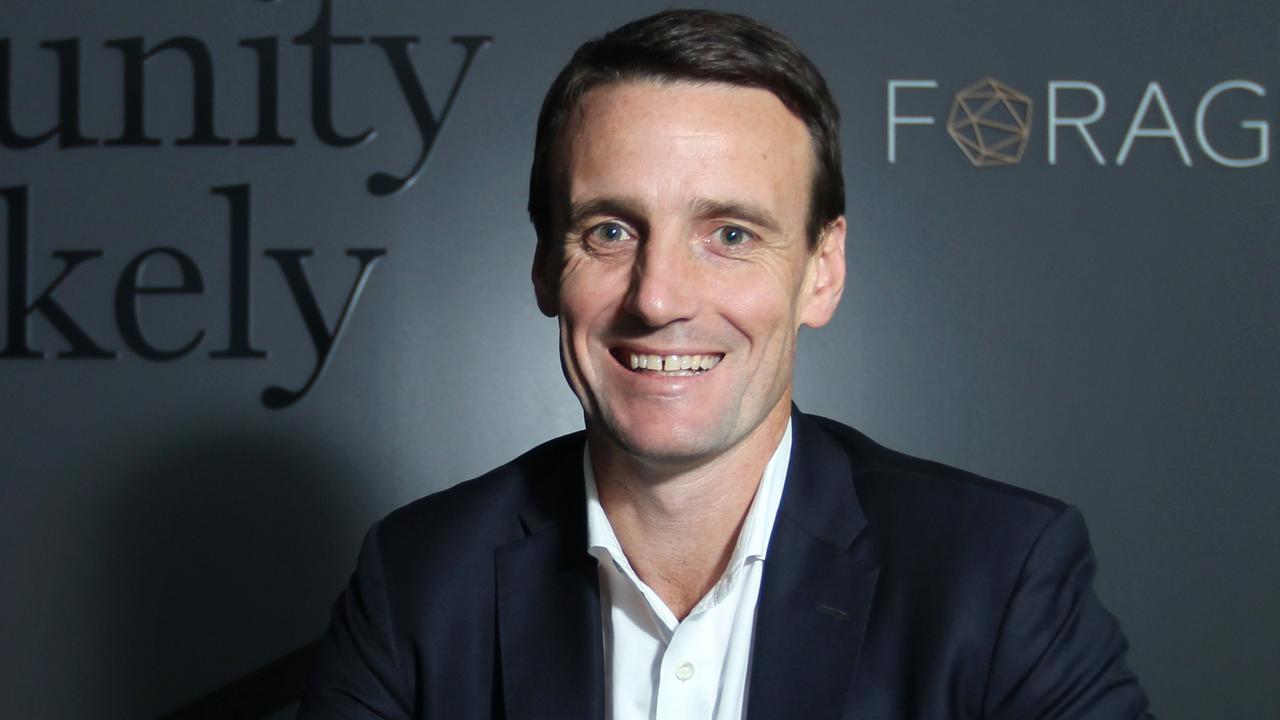Retail slump clouds growth, rates prospects
A slump in retail sales has injected caution in the debate over the outlook for economic growth and interest rates.
A slump in domestic retail sales has injected a note of caution into the debate over the outlook for economic growth and interest rates, keeping downward pressure on the dollar.
Retail sales fell 0.6 per cent in August versus July, undershooting expectations of a 0.3 per cent rise. July retail sales were revised down to a fall of 0.2 per cent, marking the biggest two-month fall since 2009. A 2.1 per cent rise for the year to August was the weakest annual growth rate since mid-2013.
The weakness was widespread across the country, with Victoria and Queensland both recording falls of 0.8 per cent in the month, though NSW fell just 0.2 per cent.
All types of retail sales fell except department stores and “other” retailers, the Australian Bureau of Statistics said.
The dollar fell from US78.55c to US78.24c after the retail data, although its decline was limited by a stronger-than-expected international trade surplus of $989 million for August.
Economists said retail sales appeared to be weakened by unseasonably warm weather, along with reduced spending potentially related to energy price rises and out-of-cycle increases in mortgage rates, after a further tightening of so-called “macroprudential” restrictions on riskier loans.
“The data is consistent with our overarching view suggesting a relatively gloomy consumer has persisted despite September’s rise in consumer confidence,” UBS economist George Tharenou said.
“The weakness in retail spending, particularly if it persists, will likely be a cautionary note for the Reserve Bank, hence we continue to expect them to remain on hold till the second half of 2018.”
Mr Tharenou added that the international trade suggested net exports volumes were recovering in the September quarter after a slow start but remained well below pace of the pace of early 2017.
The disappointing retail data came as former RBA board member John Edwards maintained that asset price inflation and strength elsewhere in the economy should lead the central bank to lift its official cash rate from 1.5 per cent to 3.5 per cent in just 2½ years.
In his view the RBA may lift rates once growth is “satisfactory”, even if consumer price inflation remained below the midpoint of its 2-3 per cent target range.
“Markets in Australia and in other advanced economies are perhaps looking at inflation, and rightly reckoning that it might be quite a while before wages and consumer prices growth picks up,” he said in a column for the Lowy Institute for International Policy, where he is a non-resident fellow.
“Maybe so, but if output growth is satisfactory the RBA may well begin to tighten.”
For Mr Edwards, very low interest rates at a time of firm economic expansion “invite trouble”.
“There is otherwise too great a risk that the price of assets — like houses and shares — may get too far out of whack with what prove to be sustainable levels,” he said.
Mr Edwards told The Australian weak consumer spending was being offset by positive signs elsewhere in the economy. “Consumers are cautious, there’s no doubt about it,” Mr Edwards said.
“But dwelling construction is stronger than I expected and exports are okay and non-mining investment is a little firmer, so I think the RBA’s forecast of 3 per cent GDP growth is still attainable.”
Mr Edwards said interest rate rises would have a more significant impact in Australia than in other economies because household debt was high, particularly relative to wages. But he rejected the notion that Australian households were in a fragile position.
“Collectively, households in Australia have never been better off,” Mr Edwards said.
“Household net wealth in nominal terms is more than seven times greater than it was when the long Australian economic expansion started in 1991.
“About two-thirds of that wealth is in land and buildings, but even putting that aside, households are in a very strong position.”
Australians are some $2.4 trillion in total debt, offset by bank deposits totalling around $1 trillion and shares worth around $824 billion, various other financial assets worth $645bn, and superannuation and pension assets equal to around $2.3 trillion. “Overall, households are now saving around one seventh of their disposable income — not quite as high a share as immediately after the financial crisis, but well over the average of the last quarter century of economic expansion,” he said.
His comments come a week after RBA governor Philip Lowe warned that people expecting inflation and the cash rate to remain low might be setting themselves up for a “difficult adjustment”.
After the RBA’s monthly board meeting this week, Dr Lowe said he was concerned that household debt had been outpacing growth in household incomes and growth in spending would be constrained.
Capital Economics chief economist Paul Dales agreed the net result of the retail sales and international trade data for August weren’t a disaster for the overall economy, but weakness in retail sales supported his view that a slowdown in consumption was one reason why the RBA won’t raise interest rates at all next year.
“While we are wary about reading too much into a single month’s result, August’s disappointing figures do tally with other data on the health of the household sector, such as the slump in car sales in recent months,” he said.
“Even if retail sales were to recover somewhat in September, the very weak start to the quarter means that real consumption growth may well have slowed from 0.7 per cent in the second quarter to around 0.2 per cent in the third quarter.
“The outlook isn’t encouraging either, with household finances continuing to be squeezed by weak wage growth and the full effect of higher energy bills yet to be felt.”



To join the conversation, please log in. Don't have an account? Register
Join the conversation, you are commenting as Logout